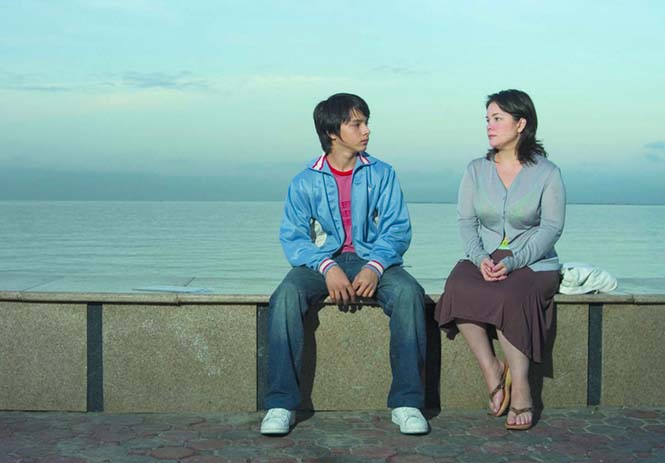A retrospective exhibit that will showcase 20 early works of Tony Velasquez, considered to be the Father of Philippine comics, is slated from February 15 at Cevio Art Haus in Pasig City.
The show will feature on Ponyang Halobaybay and other personal memorabilia of the comic icon. Ponyang Halobaybay is a comics cartoon character created by Tony Velasquez in 1932. It is also the title of the same comic strip which was serialized in Liwayway Magazine. Ponyang Halobayabay is a portrait of the modern and materialistic Filipina as opposed to Kenkoy’s Rosing. Ponyang was a lovable woman character with many suitors.
Velasquez was a Filipino illustrator and cartoonist widely recognized and regarded as the Father of Tagalog comics and as the pioneer and founding father of the Philippine comics industry. He created the very first serialized Filipino cartoon strip, Mga Kabalbalan ni Kenkoy (‘Kenkoy’s Antics’) in 1928. Arguably the most influential comic strip in the Philippines, Mga Kabalbalan ni Kenkoy, opened the floodgates that started the tradition of cartoon strips in the Philippines. During his career as a comic artist Velasquez created more than 300 cartoon characters, some of whom became household names in Filipino homes, such as Kenkoy, Tsikiting Gubat, Talakitok, Talimusak, and Ponyang Halobaybay
In 1927, he attended evening classes at Jose Rizal College, and worked as a part-time artist in Banaag Press. That same year, Banaag Press was bought by Don Ramon Roces. As part of the deal, Roces retained all Banaag’s employees, including Velasquez. Banaag was renamed Acme Printing, tasked to create graphics for Liwayway. On 11 January 1929, Kenkoy debuted in Liwayway. It was a huge success. The readers loved his honest carefree character.
In 1935, Velasquez was appointed to head the advertising department of the Ramon Roces group of vernacular magazines, which included Liwayway, Bannawag, Bikolnon, Bisaya (Cebuano), Graphic (English) and Hiligaynon (Western Visayan dialect). In such capacity, Velasquez designed the drug bottles of Zamora’s Tiki-tiki, Castor oil, Cortal, and other products. Velasquez also created cartoon characters for these advertisers, like Captain Cortal for Cortal, Nars Cafi for Cafi Aspirina, Isko for Esco Shoes and many others. He was the pioneer Filipino in this medium.
As an artist in Liwayway, Velasquez helped or assisted many other future artists in Philippine komiks get their works published in the magazine. These included Francisco Coching, Mars Ravelo, Jose Zabala-Santos, and J.M. Perez.
In 1947, after retiring from Liwayway, Velasquez founded Ace Publications, which started the comics industry in the Philippines. Under Ace Publications, Velasquez started the publications Pilipino Komiks in 1947, Tagalog Klasiks in 1949, Hiwaga Komiks in 1950, Espesyal Komiks in 1952, Kenkoy Komiks in 1959, and Educational Klasiks Komiks in 1961.
All these comic magazines became bestsellers, making comics production one of the Philippines’ profitable industries. In 1962, Ace Publications was closed down for good because of a laborers’ strike. Later that same year, Velasquez founded the Graphic Arts Service, Inc., or GASI, which also published popular local comic books like Pinoy Komiks, Pinoy Klasiks, Aliwan Komiks, Holiday Komiks, Teens Weekly Komiks, and Pioneer Komiks.
As a pioneer and innovator of the Filipino comics industry, Velasquez’s contributions to Philippine comics culture cannot be emphasized enough. He passed away in 1997 at the age of 86.
Cevio Art Haus is at 60 San Isidro St., Brgy. Kapitolyo, Pasig City.























































































